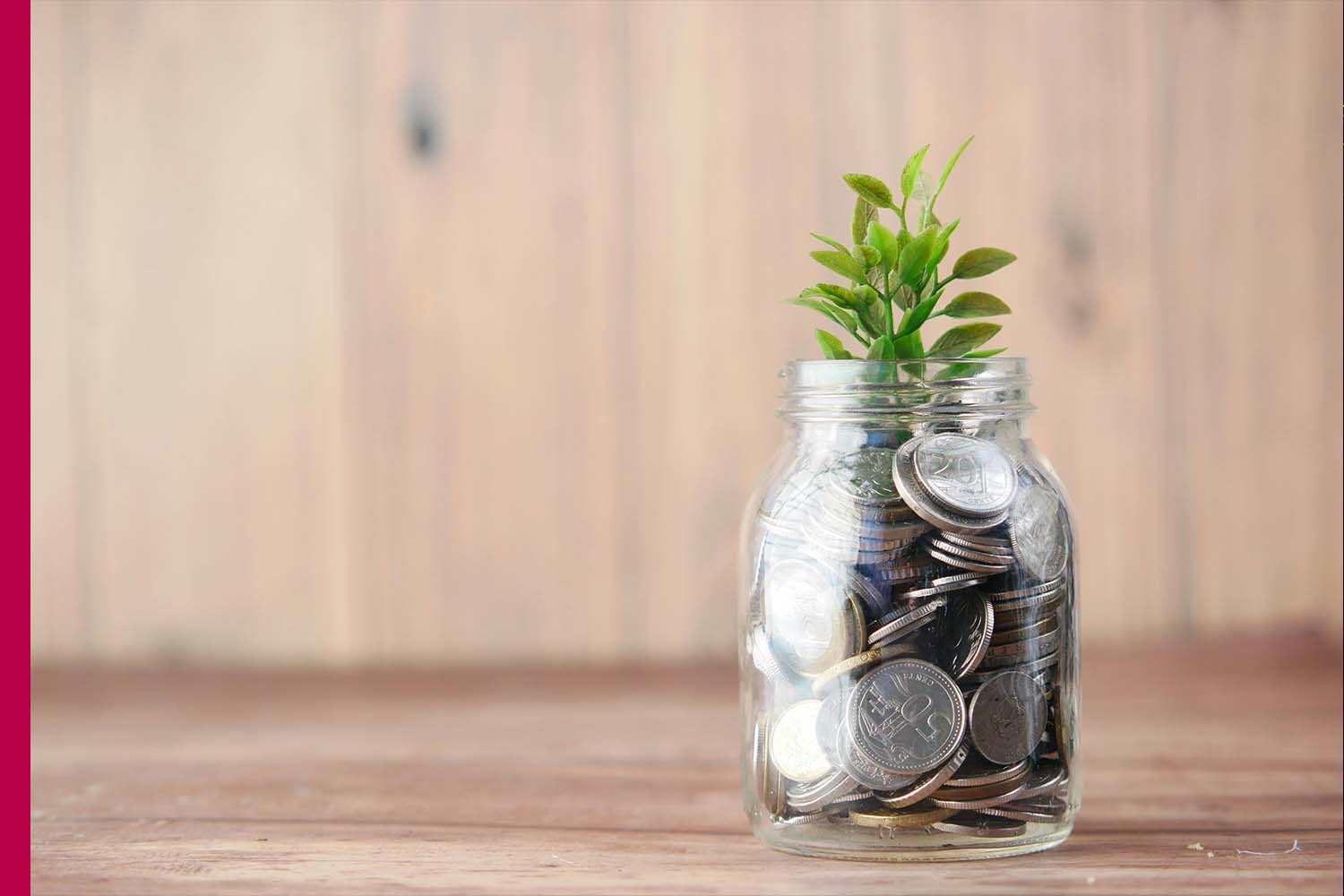Interest rates are the heartbeat of any economy, influencing how people borrow, save, invest, and spend. When central banks adjust rates whether increasing or lowering them the ripple effects are felt by households, businesses, and global markets alike. For individuals, these changes can significantly impact personal finance decisions, from taking out a loan to building a savings account. Understanding how interest rate shifts affect borrowing and saving is essential for making smarter financial choices. Let’s explore the dynamics in detail.
What Are Interest Rates
In simple terms, interest rates represent the cost of borrowing money or the return earned on savings. Central banks, such as the U.S. Federal Reserve, the European Central Bank, or the Reserve Bank of India, set benchmark rates to regulate economic growth and inflation.
Borrowers pay interest to lenders when they take loans.
Savers earn interest when they deposit money in banks or invest in fixed-income products. Changes in interest rates can either encourage economic activity (by lowering borrowing costs) or slow it down (by making credit more expensive).
Impact of Rising Interest Rates on Borrowing
When interest rates rise, borrowing becomes more expensive.
Home Loans/Mortgages: Higher rates mean increased monthly payments on mortgages. A family planning to buy a house may postpone or choose a smaller property due to higher EMIs.
Personal and Auto Loans: The cost of financing a car, education, or personal expense rises, discouraging people from taking new loans.
Credit Cards: Since credit card debt carries variable rates, outstanding balances become more costly.
For businesses, higher rates increase the cost of capital, slowing expansion projects, hiring, and investments. Overall, rising interest rates usually reduce borrowing activity.
Impact of Falling Interest Rates on Borrowing
On the flip side, when central banks cut interest rates, loans become more affordable. Homebuyers benefit from lower mortgage payments. Start-ups and businesses can borrow cheaply to fund growth. Consumers feel encouraged to use credit for big-ticket purchases like cars or appliances. This often boosts spending and investment, helping stimulate economic growth. However, excessive borrowing during low-rate environments can also create financial bubbles.
Impact of Rising Interest Rates on Saving
For savers, higher interest rates bring good news.
Bank Deposits: Fixed deposits, recurring deposits, and savings accounts offer better returns.
Bonds and Fixed-Income Products: Government bonds and corporate debt become more attractive, as yields rise.
Retirees and Conservative Investors: Those relying on fixed income see improved earnings.
Rising interest rates encourage people to save more rather than spend, since the rewards for saving become greater.
Impact of Falling Interest Rates on Saving
Low interest rates, while good for borrowers, usually hurt savers.
Bank Returns Shrink: Savings accounts and fixed deposits yield lower returns.
Bond Investments: Existing bondholders may benefit from capital appreciation, but new buyers face lower yields.
Shift to Riskier Assets: To earn better returns, savers often move money into equities, real estate, or mutual funds.
This can boost stock markets and other growth-driven investments, but it also exposes savers to higher risks.
Broader Economic Implications
The relationship between interest rates, borrowing, and saving is a balancing act.
High Interest Rates: Control inflation but risk slowing growth and consumer spending.
Low Interest Rates: Stimulate growth and encourage borrowing but may cause inflation or asset bubbles. Central banks adjust rates depending on economic conditions—rising inflation, unemployment levels, and global financial stability. For example, after the pandemic, many countries lowered rates to boost recovery, but later increased them to manage inflation.
How Individuals Can Adapt
Understanding these dynamics helps individuals make smarter choices:
When Rates Rise: Pay down variable-rate debts (like credit cards) quickly. Lock in fixed-rate loans before rates climb higher. Take advantage of higher savings and bond yields.
When Rates Fall: Refinance existing loans to lower costs. Avoid keeping large sums in low-interest savings accounts. Consider investing in equities or growth-oriented assets for higher returns staying flexible ensures you benefit from both rising and falling rate cycles.
The Global Perspective
Interest rate changes in major economies like the U.S. or EU also impact global markets. For instance: A U.S. rate hike often strengthens the dollar, making imports cheaper but hurting emerging markets with dollar-denominated debt. Falling rates in developed nations can drive global investors to seek higher returns in emerging economies. Thus, individuals and businesses worldwide feel the indirect effects of rate shifts.
Conclusion
Interest rate changes are more than policy decisions they directly influence how we borrow, save, and invest. Rising rates make borrowing costlier but reward savers, while falling rates encourage borrowing but reduce returns on savings. By staying aware of these dynamics, individuals can adjust financial strategies—whether it’s refinancing a loan, reallocating investments, or building a stronger savings plan. In the end, managing money in changing interest rate environments is about balance: borrow wisely, save consistently, and adapt proactively to economic shifts.








